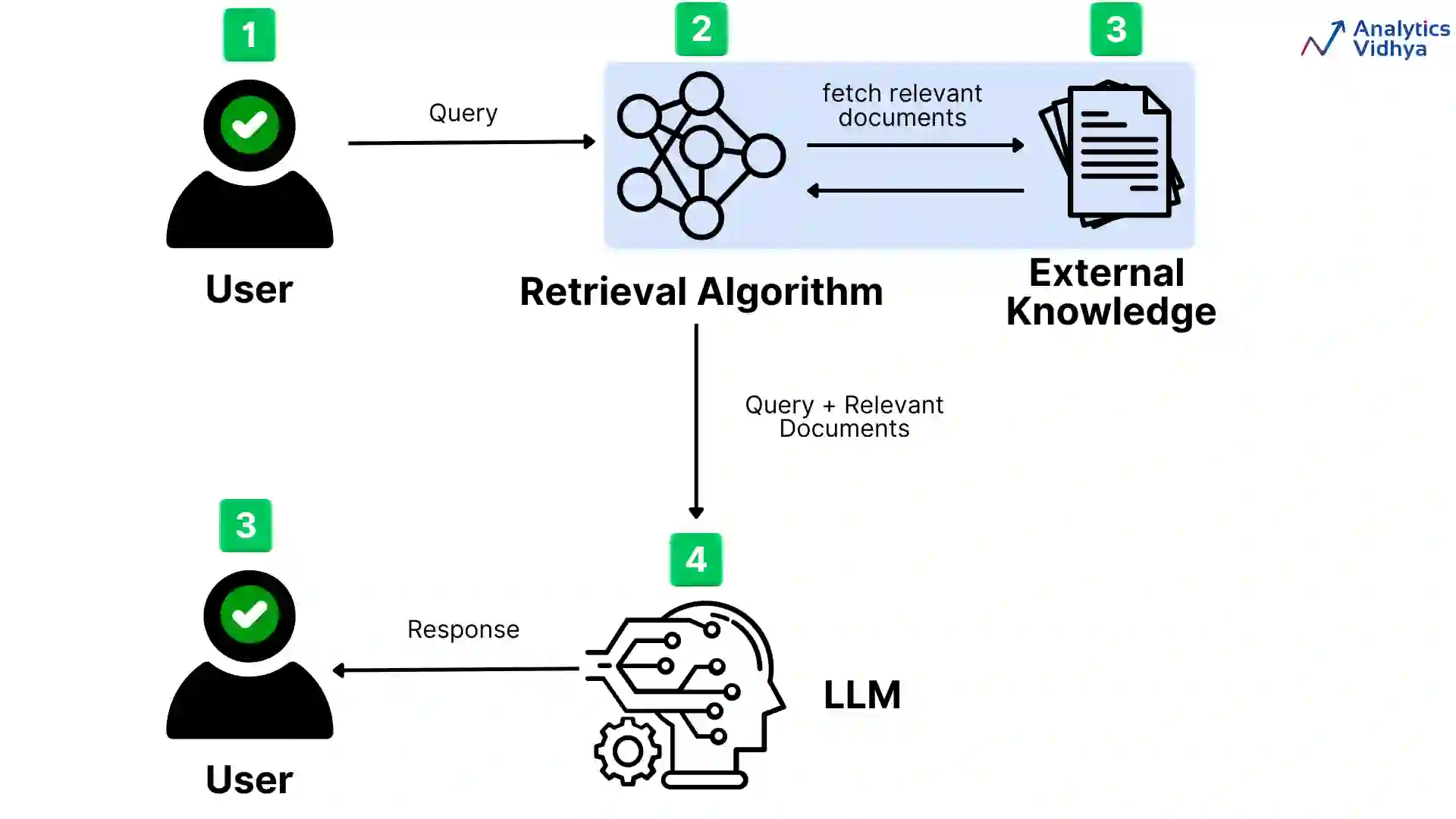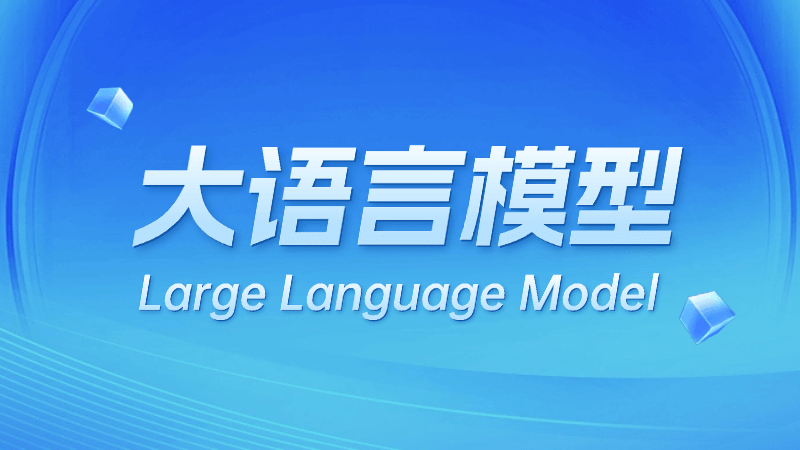BM25
summary
Why should he be introduced separately, many scenarios apply GPT3 embedded vector representation, the efficiency and results may not be as good as the traditional model, which needs to be always noted.
BM25 is a vector space model, but it does not belong to any of the classes of word vector models, document vector models, image vector models, knowledge graph vector models, model compression vector models, and generative model vector models, because it is a traditional statistical model that is not directly related to deep learning techniques.
BM25 (Best Matching 25) is a classical vector space model for textual information retrieval. It is short for Okapi BM25 algorithm, which was proposed by Robertson, Walker and Jones et al. in 1995.BM25 is a statistical algorithm based on word frequencies and document lengths, and it is commonly used for information retrieval on large-scale text corpora.
In the BM25 model, each document and each query is represented as a vector, and each component of the vector corresponds to a word and is represented by the number of occurrences of the word in the document.The BM25 model evaluates the relevance of a document by calculating the cosine similarity between the query vector and the document vector. Specifically, the BM25 model defines the weight of each word in the query vector as a function that contains factors such as the frequency of occurrence of the word in the document and the length of the document. With this function, the BM25 model evaluates the degree of match between the documents and the query, and sorts all the documents in order to return the most relevant ones.
The BM25 model has been widely used in information retrieval, and its advantage is that it can deal with large-scale text corpus, and it can also take into account the factors such as word frequency, document length, etc., which improves the accuracy and efficiency of retrieval.The BM25 model is a traditional vector space model, which is still an important foundation in the field of text retrieval, although there are more advanced techniques in the field of natural language processing. model.
account for
Suppose you are using a search engine to find an article about dogs, the search engine will use the BM25 model to evaluate how well the article matches your query. When you enter the keyword "pet dog" into the search engine, the BM25 model will evaluate the match between each article in the document collection and "pet dog", and sort the articles by relevance, displaying the most relevant articles at the top of the search results.
Specifically, the BM25 model will calculate the weight of each word in the article and add the weights to the words in the query to calculate the total weight of the document. The weights of the words are related to the frequency of occurrence of the words in the document, the length of the document, and other factors. In this example, if "pet dog" appears more frequently in the article, then the article will rank higher in the search results.
In summary, the BM25 model is a statistically based algorithm for information retrieval that ranks search results by calculating the relevance between documents and queries. In practice, the BM25 model can be used in scenarios such as search engines, text categorization and recommender systems to improve the accuracy and efficiency of retrieval.
© Copyright notes
Article copyright AI Sharing Circle All, please do not reproduce without permission.
Related posts

No comments...




